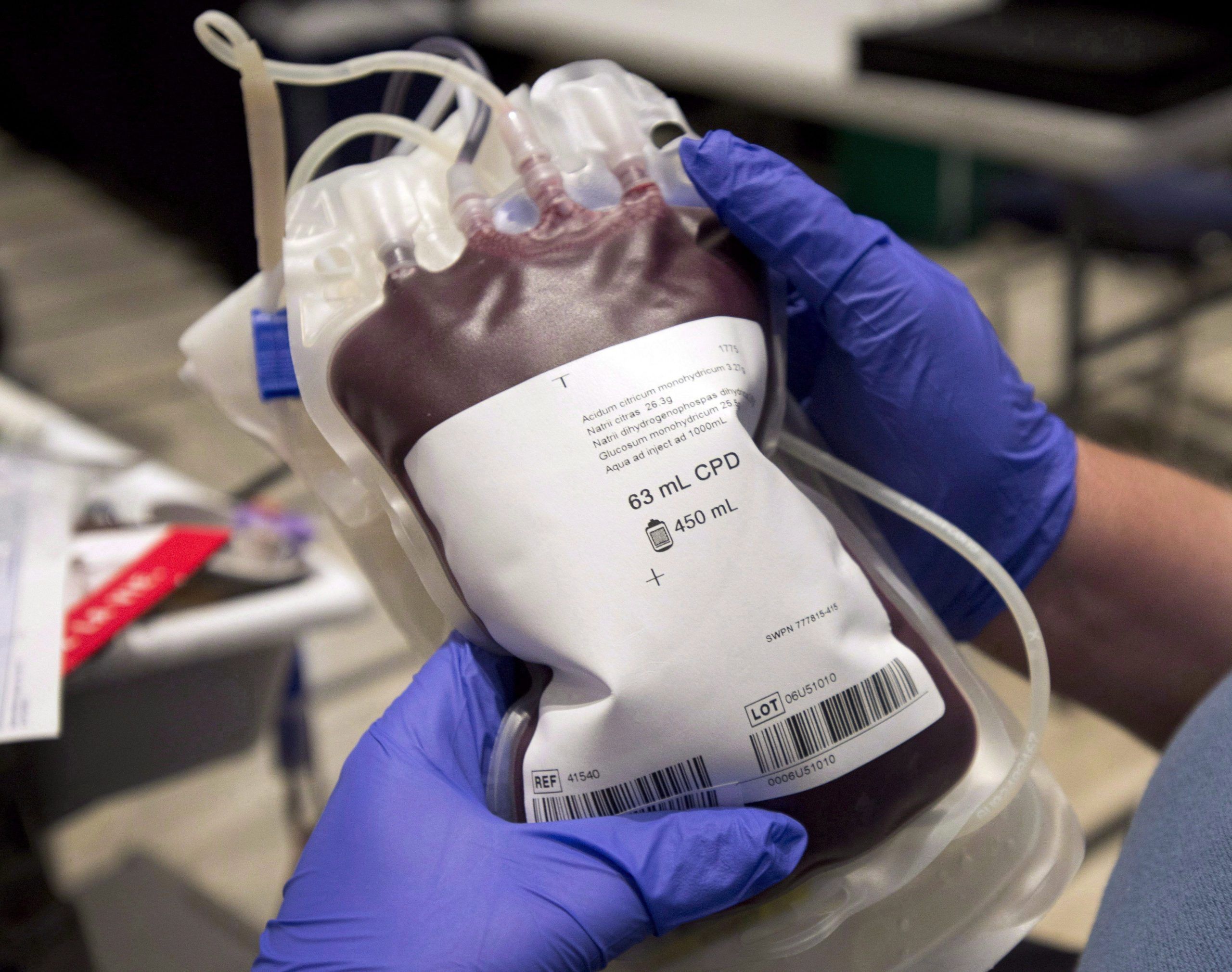why are we still banning blood donations from gay and bisexual men?
it could take three years for health canada to review and approve the canadian blood services application for a change in blood donation criteria.
opinion: black women face three pandemics
hiv, covid, and anti-black racism are all filtered through gender discrimination.
 4 minute read
4 minute read



